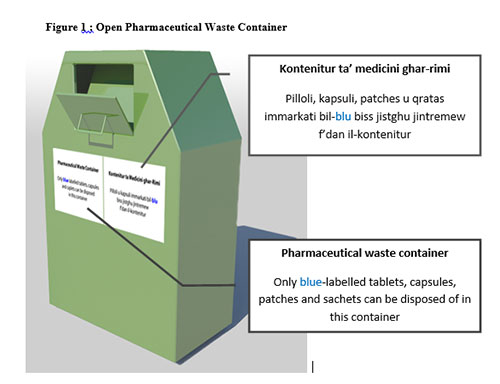What is on for the Health Promotion and Disease Prevention Directorate for summer?
by Charmaine Gauci
Excessive sun exposure can cause many different complications. Over-exposure to the sun can cause a sunburn and permanent damage to the skin. This can lead to the development of skin cancer. Adolescents and young children are at a greater risk of skin damage due to over-exposure of the sun. Other effects of sun exposure include actinic keratosis and spots. It is also evident that it can result in wrinkles and premature ageing of the skin.
The Health Promotion and Disease Prevention Directorate focuses on protection from sun exposure. Emphasis is made during summer however protection is important all year round in every setting.
Some tips for prevention recommended by the World Health Organisation include:
- Limit time in the mid-day sun
The sun’s UV rays are the strongest between 10 a.m. and 4 p.m. One should limit exposure to the sun during these hours.
- Watch for the UV index
This important resource helps you plan your outdoor activities in ways that prevent over-exposure to the sun’s rays. While you should always take precautions against over-exposure, take special care to adopt sun safety practices when the UV Index predicts exposure levels of moderate or above levels.
- Use shade wisely
Seek shade when UV rays are the most intense, but keep in mind that shade structures such as trees, umbrellas or canopies do not offer complete sun protection. Remember the shadow rule: “Watch your shadow – Short shadow, seek shade!”
- Wear protective clothing
A hat with a wide brim offers good sun protection for your eyes, ears, face, and the back or your neck. Sunglasses that provide 99 to 100 percent UV-A and UV-B protection will greatly reduce eye damage from sun exposure. Tightly woven, loose-fitting clothes will provide additional protection from the sun.
- Use sunscreen
Apply a broad-spectrum sunscreen of SPF 15+ liberally and re-apply every two hours, or after working, swimming, playing or exercising outdoors.
- Avoid sunlamps and tanning parlours
Sunbeds damage the skin and unprotected eyes and are best avoided.
Secondary prevention in raising awareness about identification of early stages of skin cancer is important. Melanoma is the most serious form of skin cancer in terms of mortality. It may develop anywhere on the skin, and within a pre-existing mole in 30 to 50% of cases. The commonest sites are the trunk in men, and the legs and trunk in women however it can develop spontaneously. Hence clinicians should:
- Be aware that fair-skinned men and women aged 65 and older, and people with atypical moles or with more than 50 moles, are at greater risk for developing melanoma.
- Remain alert for skin abnormalities when conducting physical examinations for other purposes. The A-B-C-D-E rule can be useful in making an early diagnosis ie if a mole is assymetrical (A); has no distinct border (B); if its colour changes (C); if it is larger than 5mm in diameter (D); evolution (E), such as changes in color, shape, size, elevation, skin surface, and symptoms such as itching or bleeding of a lesion are a hallmark sign of malignancy.


